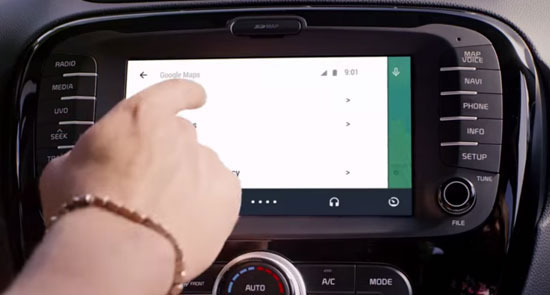Several factors have contributed to the sudden expansion of connected car services available or coming to the market, most notably the expansion of mobile broadband networks, high penetration of smartphones in the consumer market, and auto manufacturers’ re-evaluation of connected services as a competitive advantage and means to generate new revenues.
While the connected car and smart home ecosystems haven’t yet entered the mainstream, neither is in its infancy. Crossover between the two markets is evident and offers a unique opportunity for the ecosystem players.
Automotive OEMs
Connected vehicle data presents an opportunity and a challenge to automotive original equipment manufacturers. They can sell access to vehicle performance and driver behavioral data, as well as leverage collected data to improve product designs. With better insight into driver behavioral data, manufacturers ultimately can create unique and personalized experiences and interfaces.
With the Internet of Things expanding, auto manufacturers must expand their connected car strategies to consider developments in adjacent ecosystems, such as the connected home space. Several considerations are paramount:
- Differentiating the car connectivity platform with unique app experiences;
- Creating a superior in-vehicle experience for apps and services that are not native to the car ecosystem;
- Preventing distracted driving; and
- Addressing data security and privacy concerns.
Aftermarket Device Manufacturers
Some 225.6 million consumer vehicles in the U.S. don’t have the ability to connect to the Internet. Owners of these vehicles don’t need to wait until their next vehicle purchase to take advantage of new connected features. Several manufacturers offer connected aftermarket devices, typically in the form of head units or OBD-II dongles.
Aftermarket device makers are forming key partnerships with established smart home device manufacturers and startups, smart home hub suppliers, and insurers with interests in both the vehicle and home markets.
As the consumer vehicle fleet becomes more connected, the market for OBD-II telematics devices will shrink. Current market players will then switch to a software-first strategy, leveraging their development platforms as their key products.
Software and Platform Developers
Most services and initiatives that cross the car and home ecosystems are the result of direct partnerships between industry players.
Automakers’ desire for a proprietary app development ecosystem inhibits innovation in the space, because developers can’t write codes once and run them on all car models.
However, as the mobile app industry demonstrates, consumers will gravitate toward connected solutions that enhance their lifestyles wherever they are; solutions that are closed, device-specific, or otherwise do not play well with others will struggle to retain consumer loyalty in the long term.
Insurance Providers
Traditional auto insurance models determine premiums based on factors such as a driver’s area of residence, the vehicle make and model, demographic profiles, and claims history.
Usage-based insurance, or UBI, leverages consumers’ actual driving behavior to best match each driver’s risk profile with an appropriate insurance premiums.
It allows insurance companies to create more accurate risk assessment profiles of drivers. Additionally, drivers are provided with real-time feedback regarding their driving patterns. A reduced insurance premium is a powerful motivator for safer driving, which ultimately results in reduced costs for insurers.
As UBI has gained popularity in the automotive sector, providers seek to apply a similar approach to the smart home.
Mobile and Broadband Service Providers
Mobile network operators, or MNOs, and broadband service providers have a natural interest in the crossover between the smart home and the connected car space. This is because they both deliver value-added services and premium content that act as additional revenue streams and ward off commoditization of their core businesses.
MNOs have assets in both the connected car and smart home ecosystems. As such, they are major players at the intersection of these markets and have an advantage over other service providers that operate in just one market.
Broadband service providers also have assets and incentives to seek opportunities at the intersection of the connected car and smart home markets.
Several Internet service providers already offer pay-TV services and aim to extend their value in the home further with smart home and security services. Providers in the video space face increasing pressure to diversify their home offerings as a growing segment of consumers shave or cut the cord. From this perspective, expanding services beyond the home to the connected car space further expands the functionality and value of their platforms.
Consumers’ desire for their connected solutions to work together in a simple, easy-to-manage way will drive crossover opportunities in the connected car and smart home ecosystems. Companies with assets in both ecosystems, such as mobile network operators and insurance companies, stand to benefit from their convergence and will push the markets closer together.







































Social Media
See all Social Media